NASA announced an indefinite delay for the return of astronauts from the International Space Station (ISS). The delay affects Butch Wilmore and Suni Williams, who arrived at the ISS 50 days ago.
Their mission, originally planned for one week, has been extended due to technical issues with Boeing’s Starliner capsule. This situation highlights the challenges faced in commercial spaceflight partnerships.
Thruster Failures and Helium Leaks Plague Mission

Boeing’s Starliner capsule experienced thruster failures and helium leaks during its mission. These technical issues occurred both before and after the launch.
Engineers are currently working to understand and resolve these problems. The complications have raised concerns about the reliability of the Starliner system.
NASA Extends Stay for Astronauts on ISS

NASA has extended the stay of Wilmore and Williams on the ISS. The original mission plan allowed for a 45-day stay in space.
NASA has now stated that a stay of up to 90 days is possible. This extension provides more time for engineers to address the Starliner’s technical issues.
Boeing’s Starliner Faces Setbacks in Test Flight
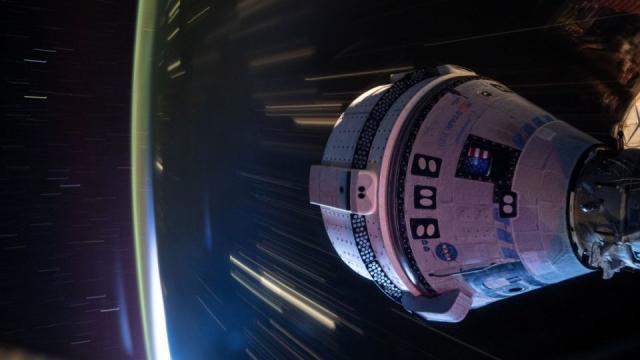
The current mission is a crucial test flight for Boeing’s Starliner capsule. This test is part of NASA’s Commercial Crew Program, initiated in 2010.
Boeing received a $4.2 billion contract in 2014 for the development of Starliner. The current setbacks represent significant challenges for Boeing in the commercial spaceflight industry.
NASA Considers Alternative Return Options for Astronauts
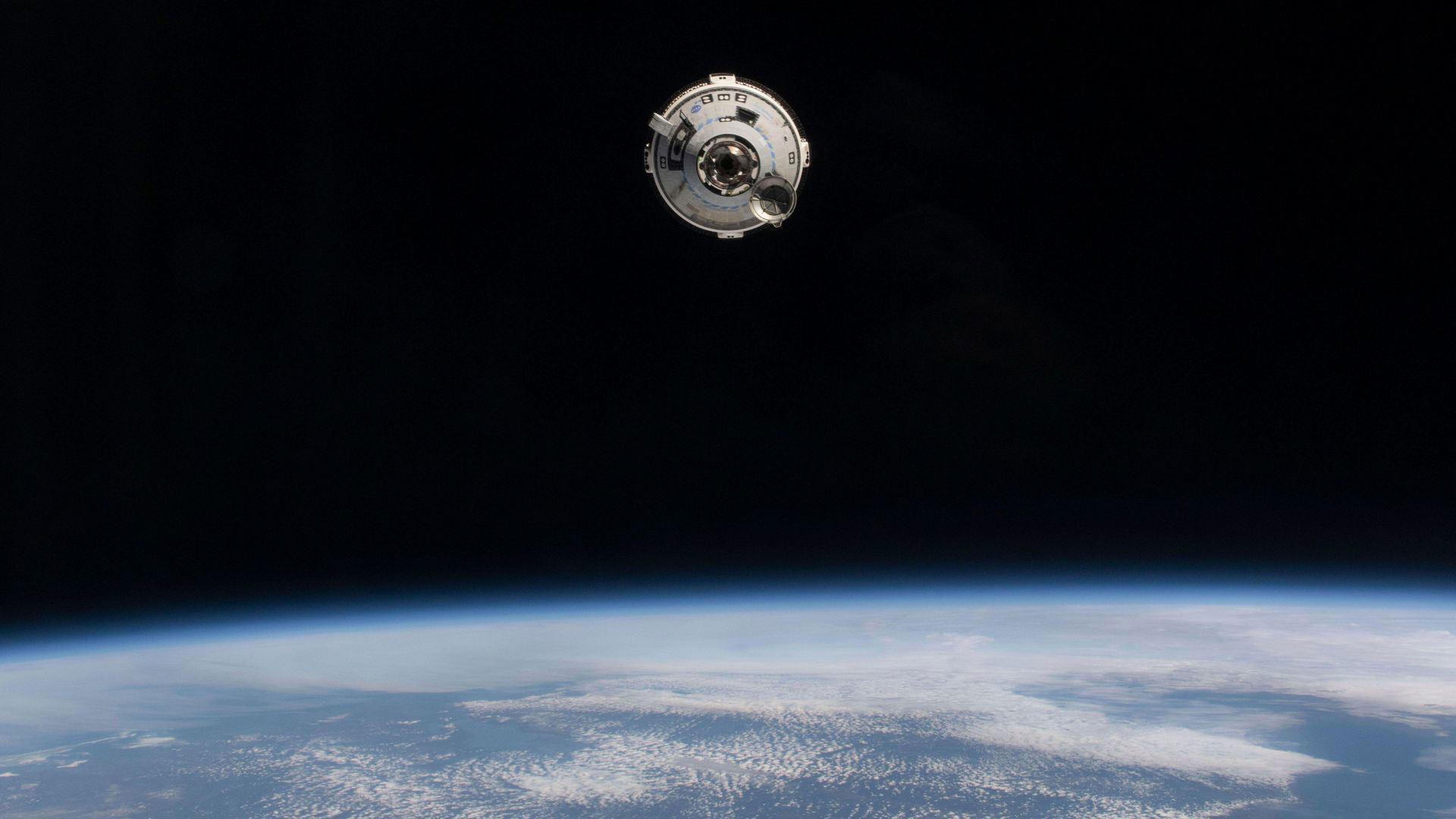
While NASA aims to bring Wilmore and Williams back on Starliner, alternative options are being considered. These alternatives might include using a different spacecraft for the return journey.
NASA’s flexibility demonstrates the agency’s commitment to astronaut safety. The situation highlights the importance of redundancy in space missions.
Engineers Conduct Tests to Understand Thruster Failures
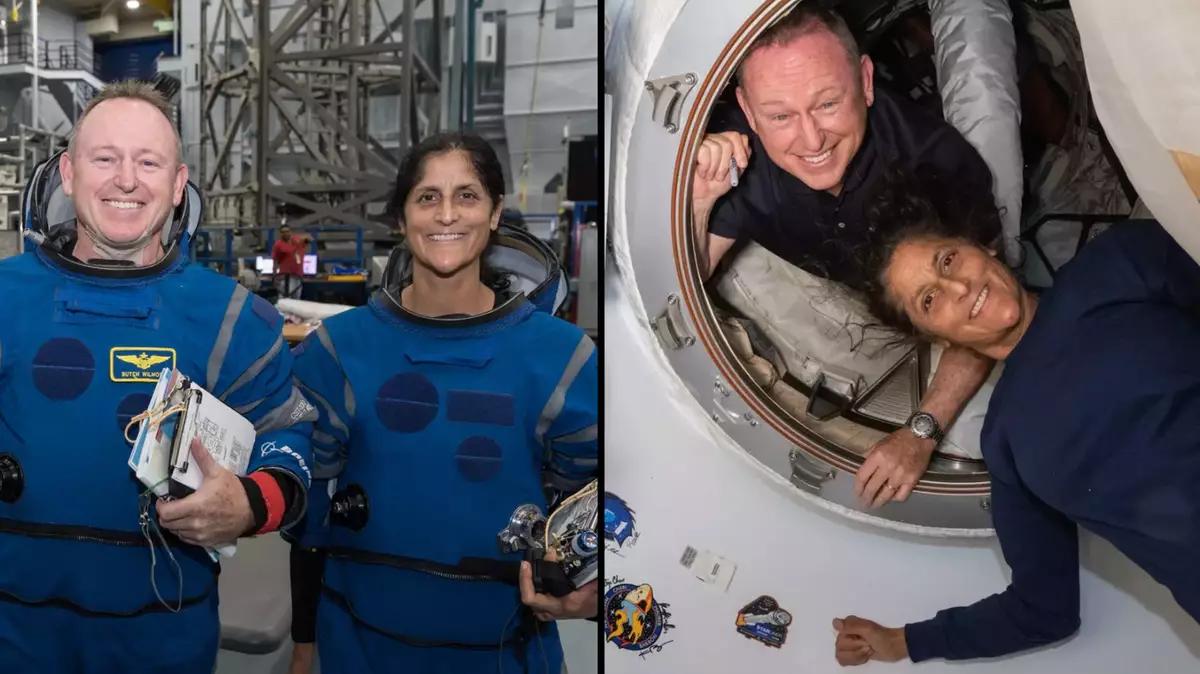
Engineers have completed testing on a spare thruster in New Mexico. The tests aim to understand the cause of the thruster failures during docking.
Five thrusters failed as the capsule approached the ISS on June 6. Four of these thrusters have since been reactivated.
NASA’s Commercial Crew Program Faces New Challenges

The Starliner issues present challenges for NASA’s Commercial Crew Program. This program aims to reduce costs and increase access to space.
SpaceX, the other commercial partner, has successfully completed multiple crewed missions. The contrast highlights the complexities of developing reliable space transportation systems.
Starliner’s Extended Stay Capability Under Scrutiny
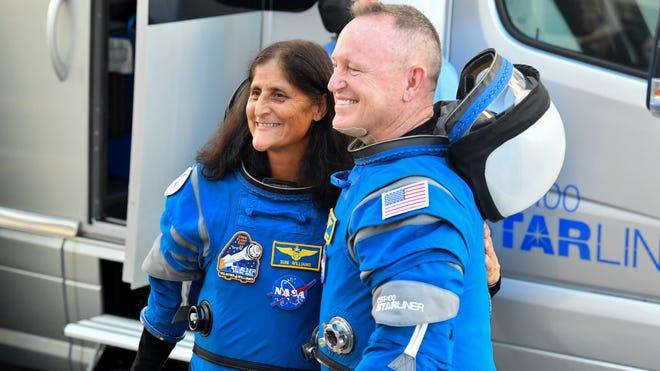
NASA has approved Starliner for stays of up to 210 days. This extended capability is crucial for future missions.
The current situation tests Starliner’s long-duration performance. It provides valuable data for future improvements and mission planning.
Impact on Future Boeing Missions Remains Uncertain
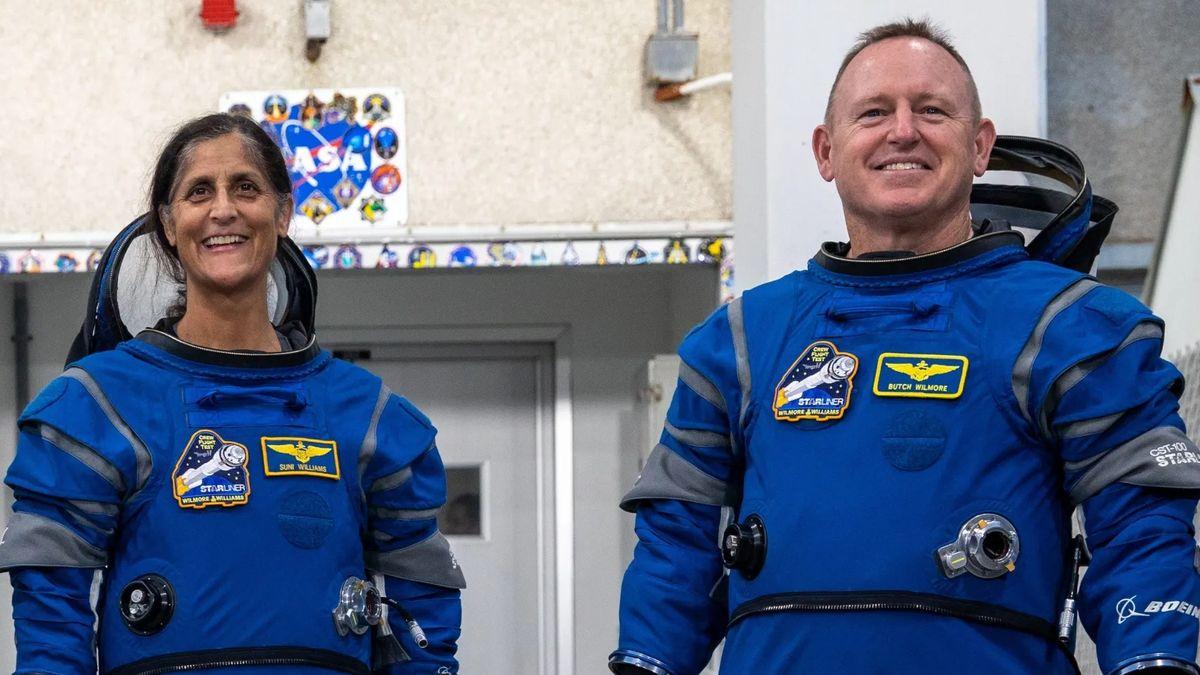
The current issues may impact Boeing’s future missions with NASA. Boeing has plans for six operational missions with Starliner.
The success of this test flight is crucial for those plans. The outcome will influence NASA’s trust in Boeing’s capabilities.
SpaceX Continues Successful Missions Amid Boeing Delays
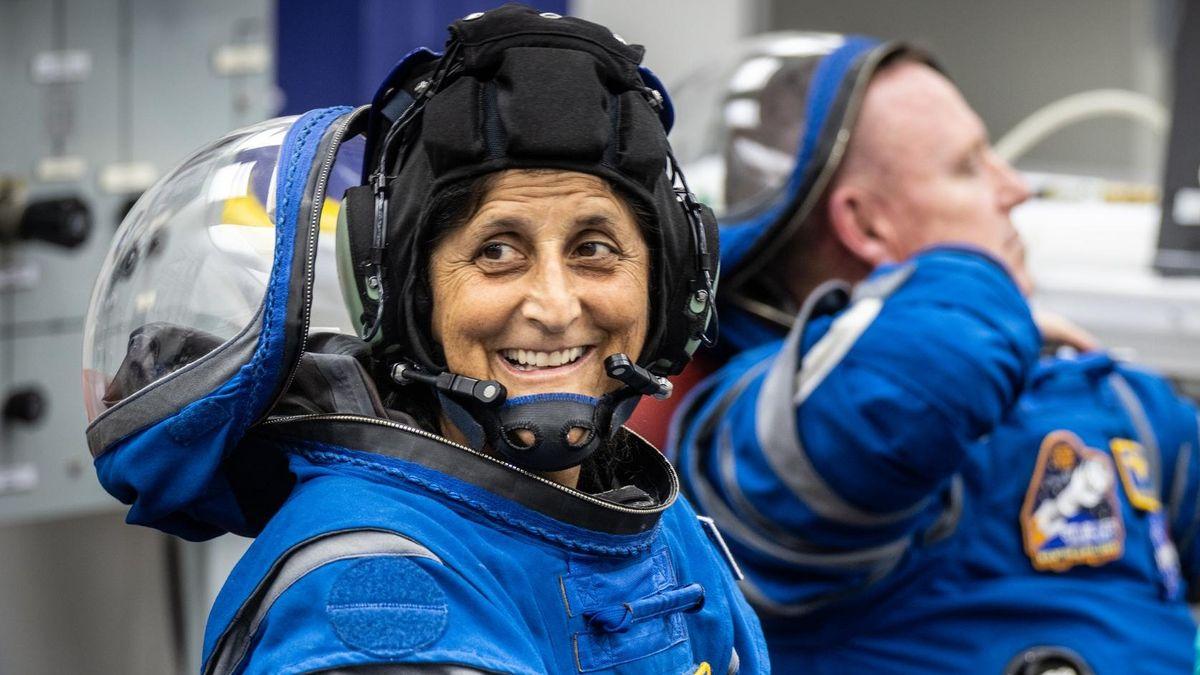
While Boeing faces challenges, SpaceX continues its successful missions. SpaceX has completed multiple crewed missions to the ISS.
Their Crew Dragon capsule has proven reliable. This success highlights the competitive nature of the commercial spaceflight industry.


